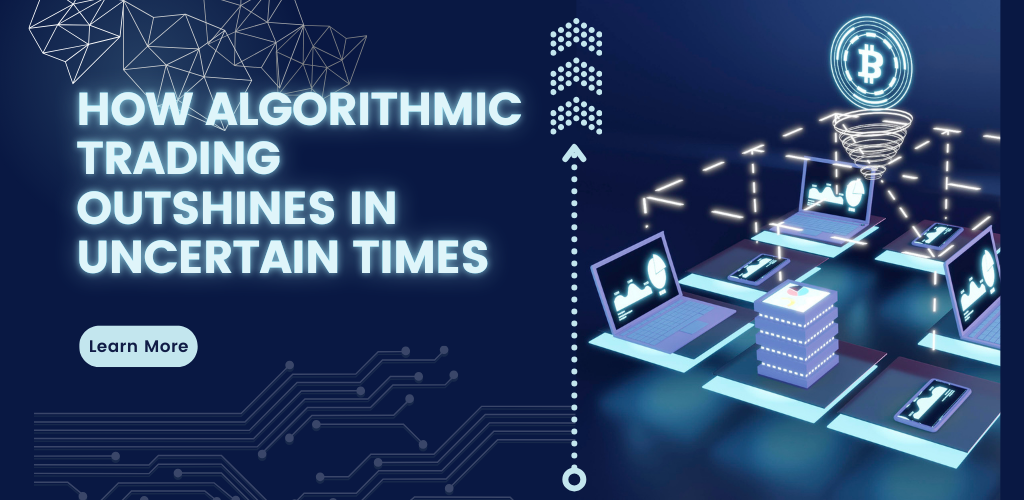A virtual lab is a digital educational environment that develops a digital replica of a real-life laboratory using virtual reality. It aims to provide students with regulated, safe, and immersive environments in which they may observe equipment or conduct experiments individually or in groups.

Laboratories in universities and colleges play a critical role in anchoring theoretical concepts, allowing students to acquire practical skills, and driving academic research. Virtual laboratories are an excellent approach for students to practice in a secure online environment.
Virtual Labs are one of the most popular modern eLearning tools, which allows students to conduct diverse experiments without constraints for location or time, in stark contradiction to the limits of traditional laboratories. Virtual laboratories use a variety of pedagogical strategies to help students better comprehend what they are studying in theory.
A virtual lab is a digital educational environment that develops a digital replica of a real-life laboratory using virtual reality. It aims to provide students with regulated, safe, and immersive environments in which they may observe equipment or conduct experiments individually or in groups.
A virtual lab goes beyond lecturing by providing students with objective, step-by-step guidance on how to do complicated processes. It enables students to conduct experiments without fear of mishaps and to repeat them as many times as they require until they are completely convinced of their ability to complete the task.
Benefits of Virtual Labs in Education
There are numerous reasons why virtual labs are crucial, some of which are stated below:
1. Engages Students in Active Learning
Lab sessions in colleges are typically conducted in groups, and following the tradition, a professor or a lab assistant does the experiment and the majority of students serve as passive recipients of knowledge. Only a small percentage of students who show initiative themselves obtain any practical experience. It's considerably more challenging in lab sessions involving complicated apparatus, rare materials, or cadavers. This not only hinders students' intellectual grasp but also reduces their research temperament.
A virtual lab empowers students to actively conduct exotic science experiments by eliciting experiment iterations. Since they are learning by doing, students are better able to retain information and develop higher-level thinking abilities.
2. Equipment for the Future
Virtual laboratories provide students of all ages with convenient access to cutting-edge technology for exploration. Simulations and virtual microscopes, equip students with futuristic solutions. Students are not required to settle for outdated equipment when working in a virtual lab because the equipment's software can be developed regardless of the cost.
3. Reduce Infrastructure Cost
Several scientific and engineering courses necessitate the use of cutting-edge technologies in order to train students to be industry ready. Building a laboratory and getting the latest gear, on the other hand, maybe an expensive endeavor for many colleges throughout the world. Online or virtual laboratories are significantly less expensive than regular ones. A single lab platform may benefit an entire school or institution without requiring them to invest a large amount of money on equipment, preservation, and maintenance.
4. Greater Flexibility in Learning Process
One of the most prominent advantages of online learning, in general, is that students can learn at their own pace and based on their own leisure. The same is true for virtual laboratories. It enables students to research, plan, and conduct lab experiments at their leisure at any time and in any location. Because all virtual labs are either internet-based or cloud-based, students have free access to the platform whenever they desire. Students can also utilize any device from any location to access the laboratory, making them indispensable for contactless learning.
5. Provides Instant Feedback
Another significant advantage of virtual labs is that they allow students to recreate experiments. Unlike in a typical lab, studies in virtual labs no longer have a single chance choice. Students may examine their mistakes, determine what went wrong, and repeat the experiment. Keeping track of communication between students and professors becomes more efficient now that all experiment outcomes are recorded.
6. Creating a Secure Environment
A virtual lab provides a safe environment for students to experiment in. It assists them in identifying associated risks and dangers that they may experience in a real-world laboratory or while performing an experiment. A virtual lab fosters a "no-fear learning" setting in which students may safely see the effects of numerous dependent and independent variables, make mistakes, and then derive the right conclusions.
With the educational landscape always evolving, educators are constantly seeking new techniques to enhance their online learning processes. Virtual labs are phenomenal digital resources that can save money along with increasing student productivity. Additionally, they seamlessly integrate the simplicity and convenience of modern technologies and enable students to participate in class activities from any location. While virtual labs still require substantial improvements in order to replicate the experience of physical laboratories, it is safe to assume that they are not going away anytime soon.

.png)